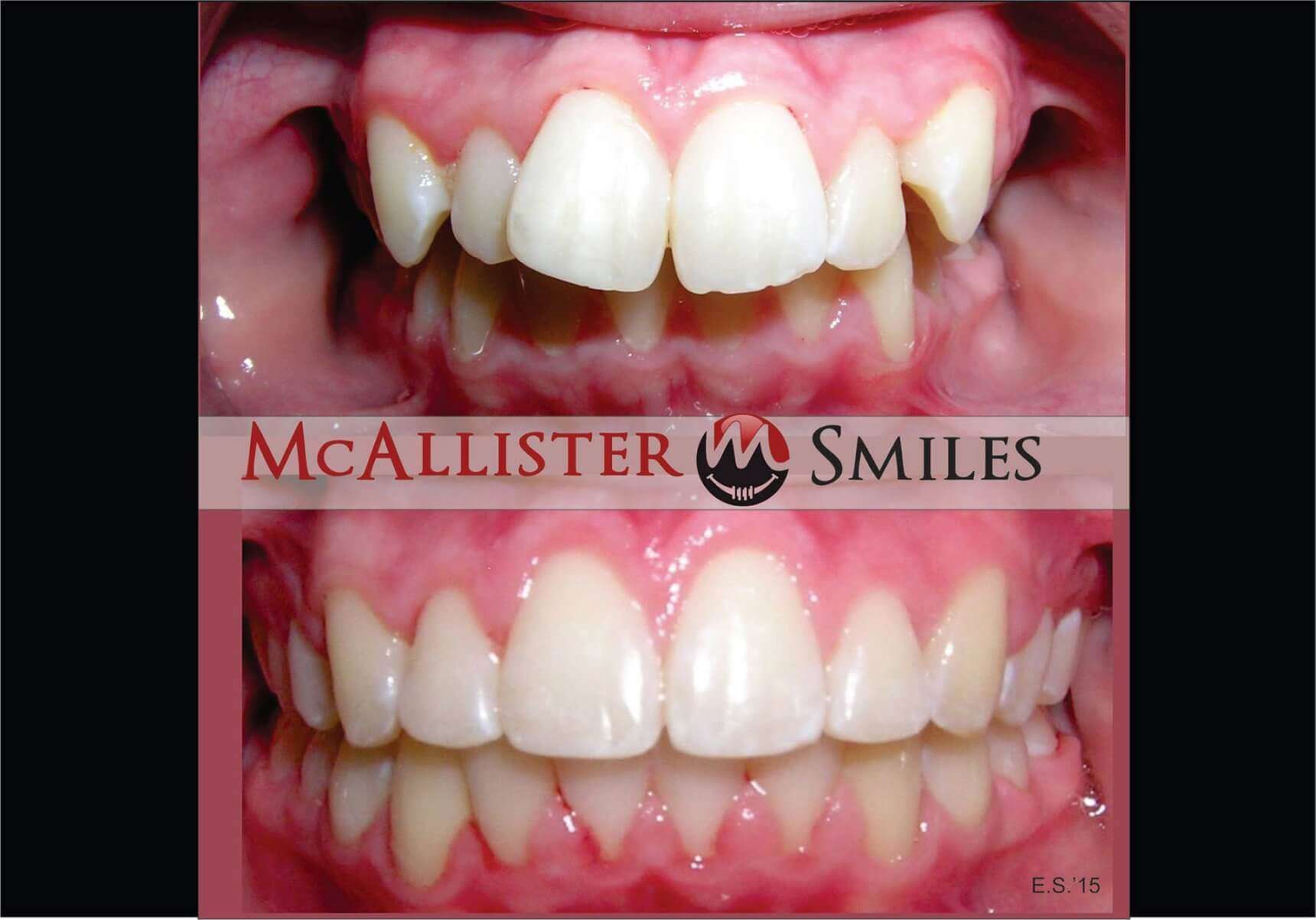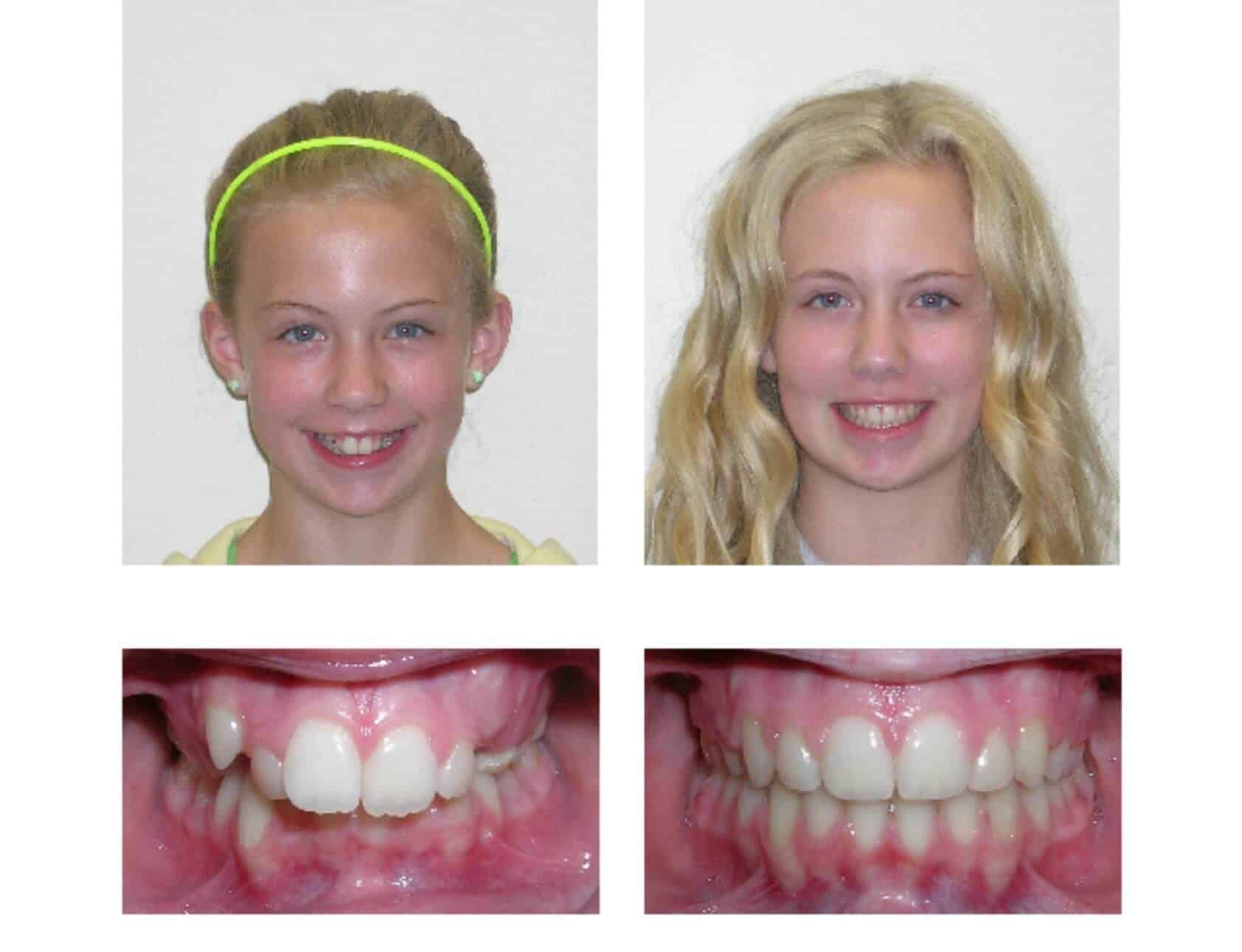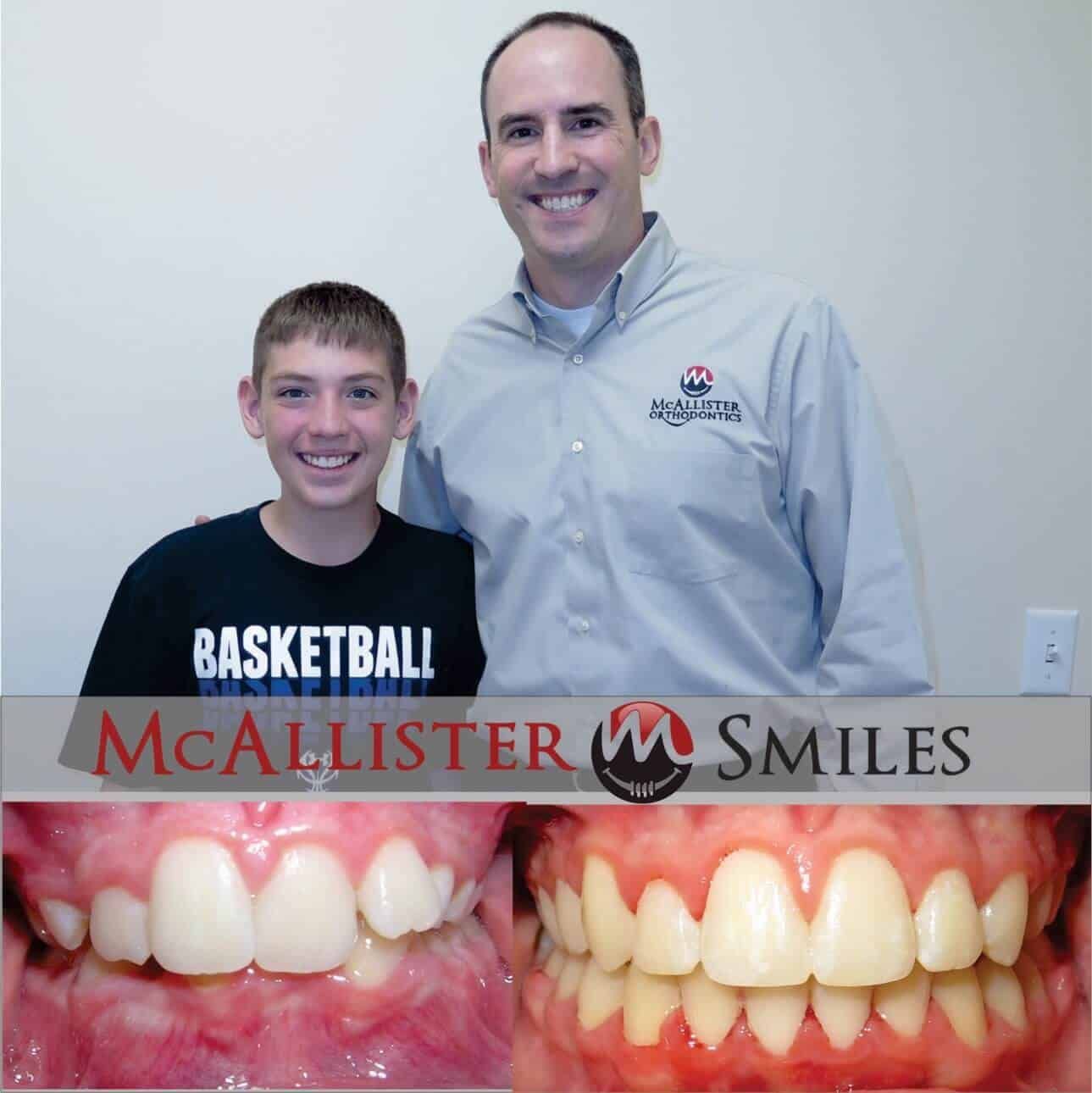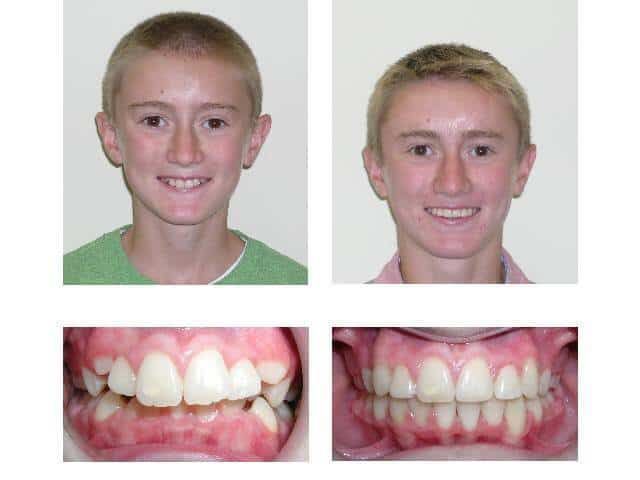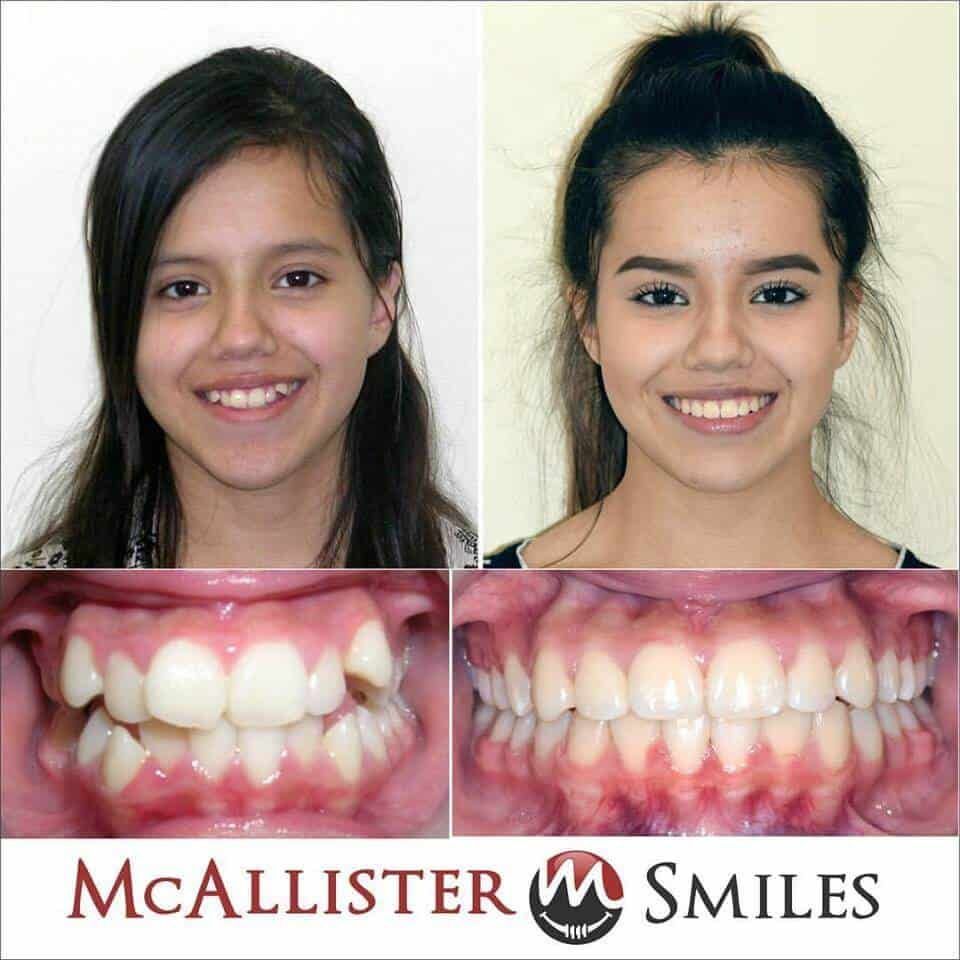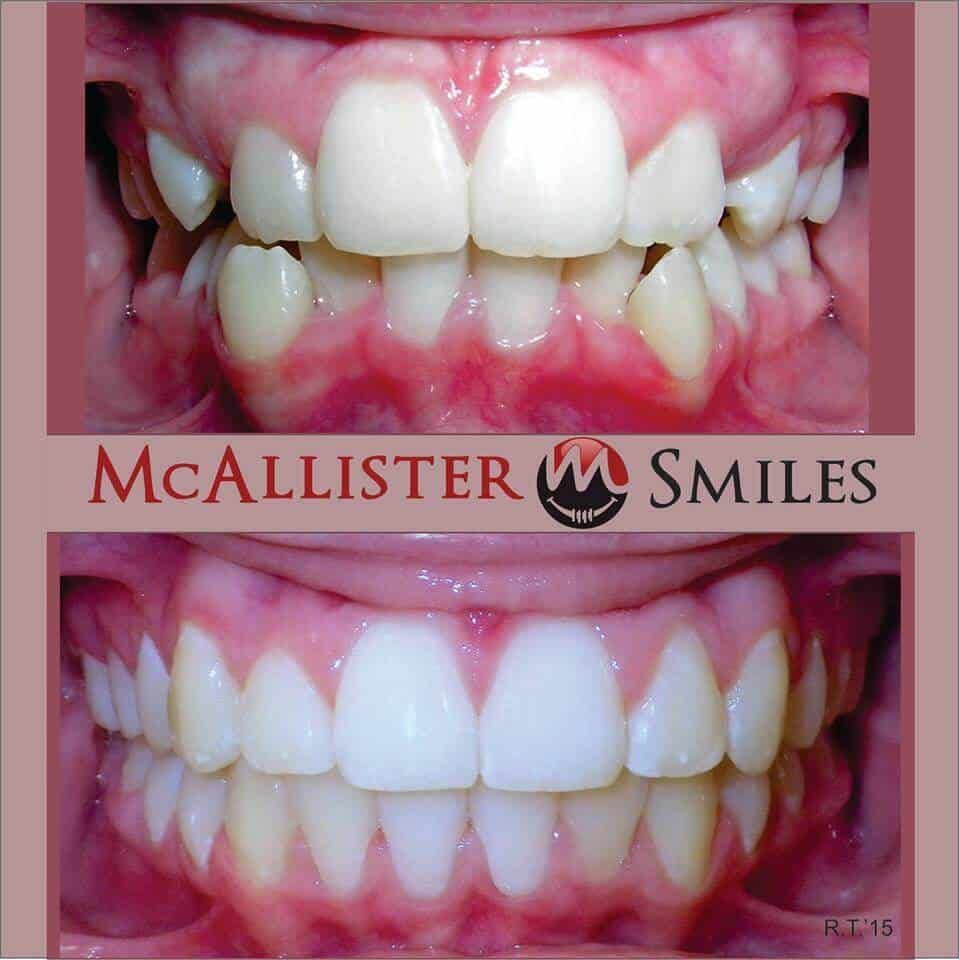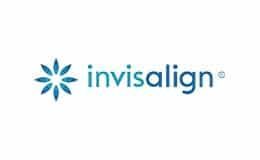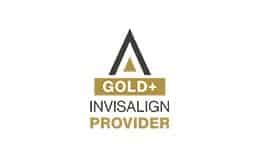Your BEST Smile.
One AFFORDABLE Price.
Orthodontist in Omaha Providing Invisalign,
Clear Braces or Metal Braces.
Our Treatment Options
Metal Braces
Braces come in a variety of styles, materials, and colors, making life with braces much easier, more comfortable, and even more stylish than in the past.
Invisalign®
Invisalign® aligners are comfortable and durable. Whether you're swimming the 50-meter race or playing the clarinet with the school's band, you don't have to worry about braces getting in the way.
Mouthguards
Protecting your smile while playing sports is essential when you have braces. Mouthguards help protect your teeth and gums from injury.
Oral Appliances
If your child has an overbite, simple treatment with braces will not correct the problem. The Herbst appliance, usually in conjunction with braces, is used to help the lower jaw develop in a forward direction.
About Us
Since 2014, Dr. Paul McAllister has created beautiful smiles for thousands of orthodontic patients in Omaha, Fremont, and now Elkhorn.
The McAllister team provides affordable orthodontic care in a warm, friendly environment. With a free appointment and same-day orthodontic treatment, you can begin your journey to a beautiful smile today!
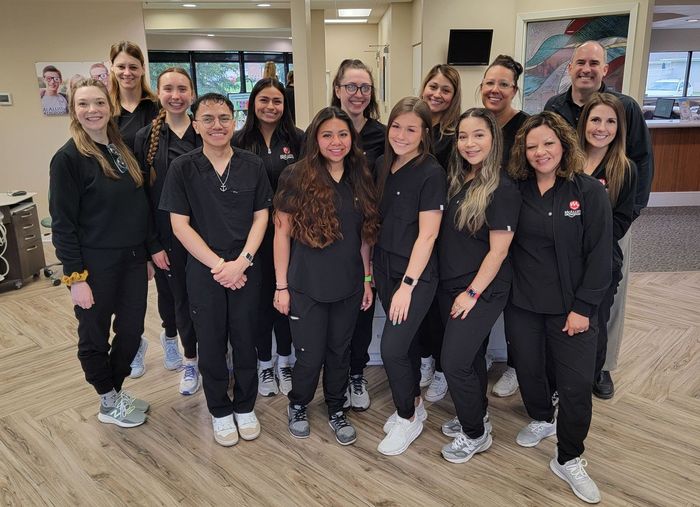
Trusted by our Patients from Omaha, Fremont, & Elkhorn
Meet the Orthodontist
Dr. Paul McAllister
My parents encouraged me to seek an education that would teach me to think analytically and creatively, to communicate effectively, and to appreciate the uniqueness of everyone around me, so when I enrolled at Brigham Young University, earning a Bachelor's degree in English was a natural choice.
After graduation, I completed an additional two years of pre-medical requirements at Arizona State University before enrolling at the Oregon Health and Science University of Dentistry. As a dental student, I received several awards for my material science research and graduated near the top of my class, which qualified me to seek advanced specialty education.
After becoming a general dentist, I completed a two-and-a-half year orthodontic residency at the University of Nebraska Medical Center in 2009.
Formal education and degrees are the minimum requirements to call myself an orthodontist, but I qualify myself to provide outstanding care and service through continuous learning. To keep myself informed of the latest techniques and trends in dentistry and orthodontics, I spend time each week reading professional journals or participating in educational webinars. Every month I participate in multiple dental and orthodontic study clubs, and every year I attend national orthodontic meetings.
With each educational experience, I take time to evaluate how what I am learning can be integrated into my practice to improve each patient's experience and treatment results.
After living all over the country, my family and I feel very grateful to have settled in West Omaha in 2013. My wife, Stacy, is an extraordinary woman and my best friend. We have been blessed with five active, curious children. They are the joy of our lives, and simultaneously, we feel the weight of responsibility to help them become independent, educated, and well-mannered citizens.
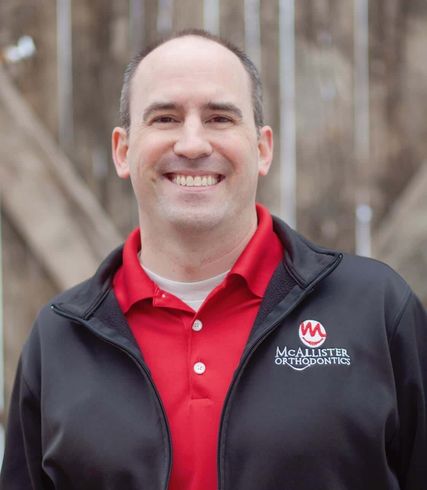
Locations We Serve
Omaha, NE
18009 Oak St
Suite A
Omaha, NE 68130
Fremont, NE
2948 N Clarkson St
Fremont, NE 68025
Elkhorn, NE
3838 N 168th Ave
Suite 106
Omaha, NE 68116

